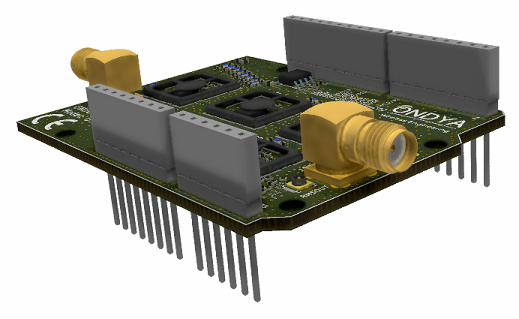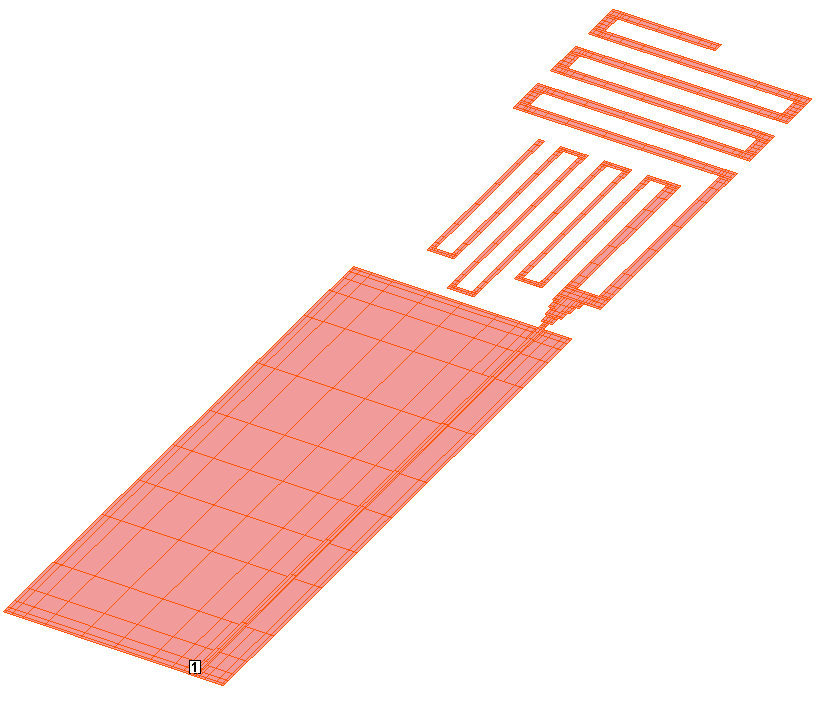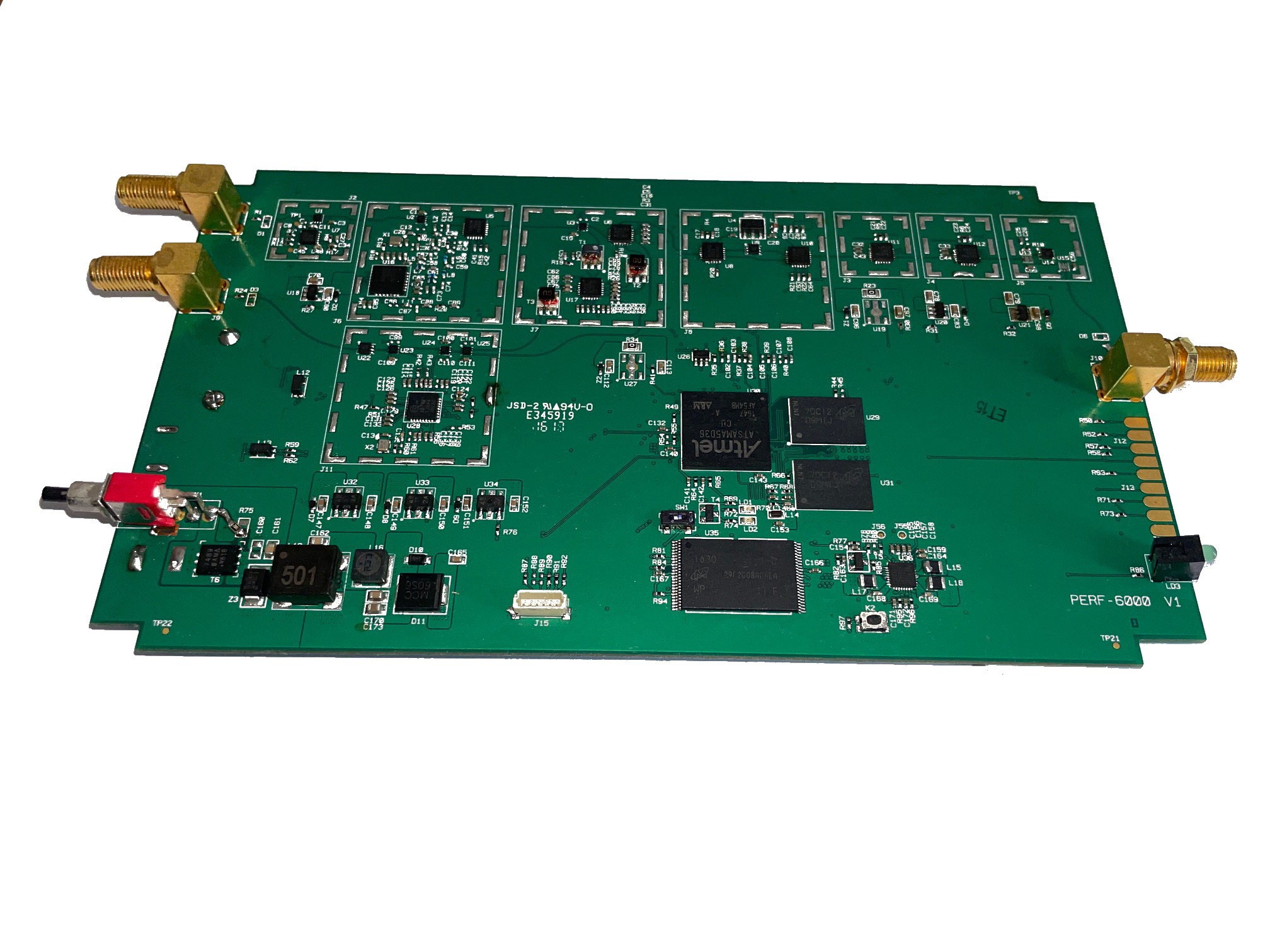
All wireless-connected devices rely on at least one radio solution, a hardware platform combined with a radio protocol, which may be standard or proprietary, such as BLE, LoRa, LTE-M, or NB-IoT.
With our recognized expertise in wireless technologies, we can effectively support you in selecting and integrating both the hardware and software components of the connectivity solution that best fits your specific application requirements.
With over two decades of experience in the design and integration of both custom and standard radio solutions, our team brings proven capabilities across a wide range of applications, including home automation, security and alarm systems, metering, tracking, and more.
We support your connected projects at any stage of development. Whether you're at the idea phase or nearing deployment, we can assist throughout your innovation journey. This includes managing all or part of the following steps, from identifying and formalizing your needs (translating application requirements into technical specifications) to final product development and solution deployment.
- Feasibility studies
- Architecture
- Benchmarks and key components choices (RF chips, radio module, front-end, discrete/integrated…)
- Electronic Schematic

- Layout
- Prototyping
- RF performances optimization (power/sensitivity/consumption…)
- Industrialization
- Production and test strategy
- Integration (interfacing, power management, antenna, layout…)
- Antenna design
- Standards and compliance
 Antenna performance is closely linked to its integration, which is why it is essential to consider antenna design from the very beginning of the connected product development process.
Antenna performance is closely linked to its integration, which is why it is essential to consider antenna design from the very beginning of the connected product development process.
The antenna design phase should start at the earliest stages of the project, taking into account key factors such as antenna type (printed, wired, SMD, etc.), allocated space, and optimal placement within the product’s housing, while also considering nearby components such as the PCB, battery, and internal wiring.
An optimized antenna ensures the device’s radiated performance, which is critical for achieving the required communication range. This range is a key factor for both system functionality and user satisfaction, representing the maximum distance at which a reliable radio link can be maintained.
Too often, antennas are selected at the end of the design cycle, based only on the leftover space in the enclosure. This common oversight frequently leads to poor radiated performance that fails to meet both technical specifications and end-user expectations.


